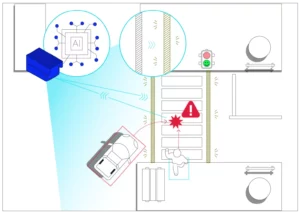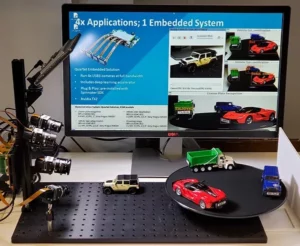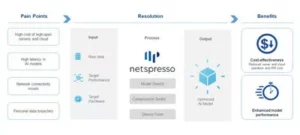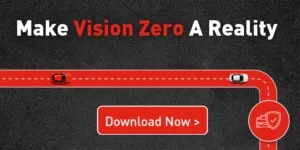The Korean artificial intelligence optimisation platform Nota is launching an AI-based intersection management control system which uses images from existing traffic cameras.
The AI Camera solution is a vision analysis technique to collect traffic data from CCTV at a junction, collecting data such as traffic flow, speed and occupancy, similar to the existing, passive sensors such as loop detectors and radar.
The company says its solution uses Edge AI efficiency, allowing the processing of multi-channel video information in real-time, even on-site, where monitoring of current road flow is required due to high volume of traffic.
Nota explains that AI Camera classifies vehicles into seven-to-ten types including both motorised and unmotorised vehicles with more than 95% accuracy in various weather conditions and times of day. It also collects spatial information, such as space-mean speed, of the road.
The solution not only delivers data for motor vehicles, but walking and cycling as well, predicting hazardous situations through the short-term trajectory prediction by working out if two objects on different trajectories are likely to collide.
It says benefits include uptime efficiencies, because one malfunction would not bring the whole system down, and lower costs because of the reduced data load due to reduced need for cameras to transmit high-quality video back to a central site for analysis. The solution works on different kinds of cameras and be customised.
Nota will be formally launching the solution, which it aims at Local Authorities looking to improve traffic management efficiency, at the ITS World Congress in Los Angeles this September. Other potential customers are corporates and consultancies, and hardware signal controller and camera manufacturers.
(Picture – Nota)




























